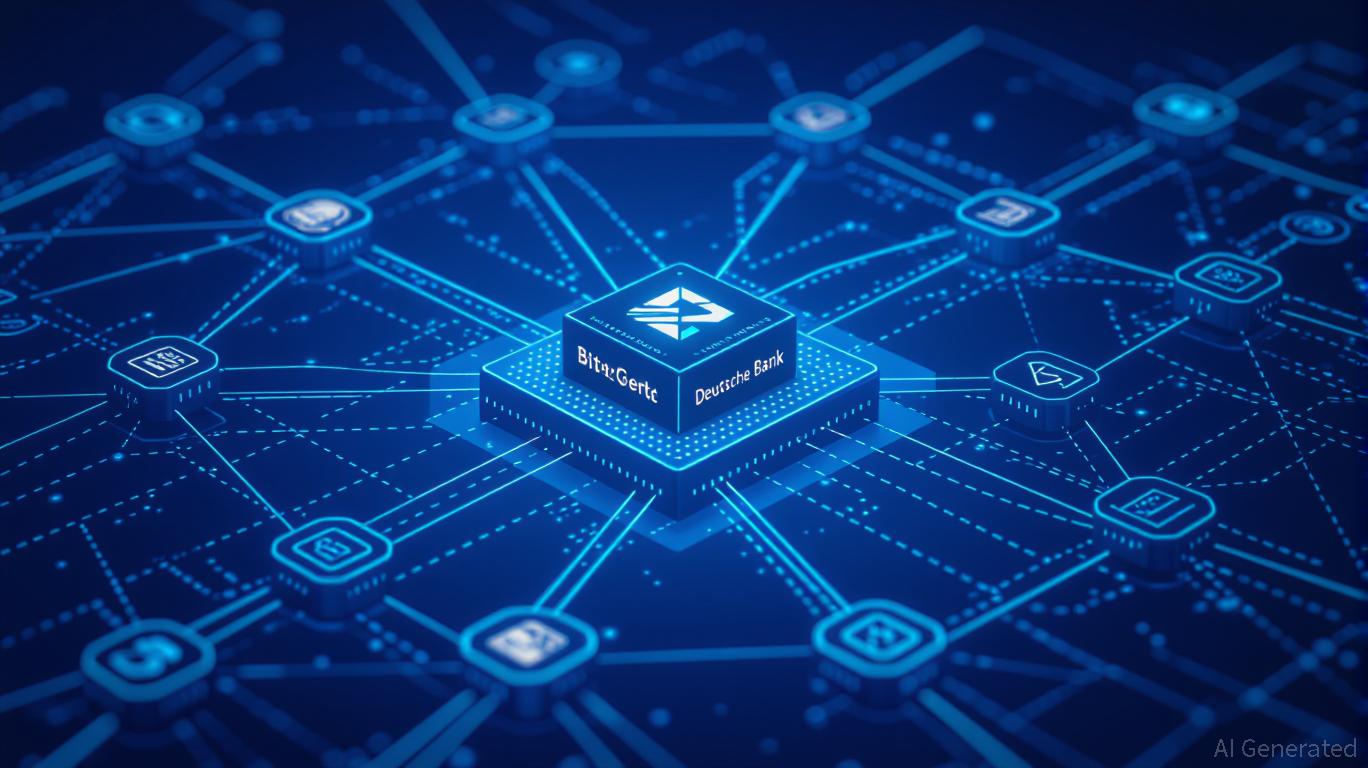Pump.fun’s $114M Bet: Will Buybacks Surpass Whale Volatility and Market Fragility?
- Pump.fun spent $114M repurchasing 16.5B PUMP tokens since July 2025 to stabilize prices and rebuild investor trust. - The buybacks reduced circulating supply by 4.26% but followed a 75% price crash caused by whale dumping and liquidity floods. - Despite a 54% price rebound by September, PUMP remains 50% below its launch value with structural risks like whale concentration and lack of utility features. - The platform dominates 84.1% of Solana meme coin launches but faces sector-wide declines and competiti

Pump.fun has conducted a total buyback of its PUMP token exceeding $114 million, marking a significant move aimed at stabilizing the token’s value and boosting investor trust. This buyback, financed by fees collected on the platform, has resulted in the repurchase of about 16.5 billion PUMP tokens since mid-July 2025. The strategy was implemented after the token suffered a dramatic 75% price drop shortly after launch, caused by heavy short selling from large investors and a surge of liquidity on centralized exchanges title1 [ 1 ]. By the middle of August, these buybacks had decreased the circulating supply of PUMP by 4.26%, with the most recent figures showing $58.1 million spent on repurchases as of August 26 title5 [ 5 ].
The token experienced heightened volatility after launch due to structural flaws, such as a 33-55% supply unlock at launch and immediate liquidity being added to exchanges. The situation worsened as large holders acted quickly, with one whale realizing $500,000 in profits within hours of launch. Initially, Pump.fun converted fee revenue into
The effect of the buyback on PUMP’s price has been mixed. The token climbed 54% from its August low of $0.002282 to $0.003522 by late September title3 [ 3 ], but it is still trading at half its initial July price. Nevertheless, PUMP currently has a market cap-to-earnings ratio of 10.78x, outperforming rivals like Jupiter (14.17x) and
Despite these issues, Pump.fun continues to lead the Solana
There are ongoing concerns about long-term viability. PUMP does not offer features like staking or governance, relying mainly on branding and speculative interest. Whale concentration is a risk, with 60% of presale tokens held by just 340 wallets title1 [ 1 ]. Moreover, the buyback program’s success depends on steady revenue, which could decline if meme coin launches slow. Analysts warn that without additional incentives or utility, PUMP’s value may remain closely tied to short-term market trends title6 [ 6 ].
Disclaimer: The content of this article solely reflects the author's opinion and does not represent the platform in any capacity. This article is not intended to serve as a reference for making investment decisions.
You may also like
ZK Atlas Enhancement: Driving Blockchain Expansion and Attracting Institutional Investments
- ZKsync's Atlas Upgrade (Oct 8, 2025) breaks scalability barriers with 15,000+ TPS, near-zero fees, and ZK proofs enhancing Ethereum's Layer 2 performance. - Innovations like Airbender proof system (40% lower overhead) and multi-VM compatibility enable seamless DeFi interoperability, attracting institutional capital seeking secure, scalable infrastructure. - Post-upgrade ZK token surged 50%, reflecting investor confidence, while partnerships like Grvt's $19M funding signal active institutional adoption of

Astar (ASTR) Experiences Price Rally in Late October 2025: Institutional Interest in Blockchain Interoperability Rises
- Astar (ASTR) price surged in late October 2025 as institutional interest in blockchain interoperability solutions intensified. - Astar's migration of DOT functionalities to its Asset Center improved cross-chain efficiency, attracting institutional trust. - Partnerships with Bitget, Startale Group, and Japan's Web3 leaders strengthened Astar's role as a bridge between traditional finance and decentralized ecosystems. - EURAU stablecoin's CCIP expansion highlighted growing institutional consensus on intero

DASH Aster DEX Listing: Driving DeFi Advancement and Broadening Liquidity
- Aster DEX's 2025 listing bridges centralized and decentralized markets via HTX/Binance.US integration, boosting DeFi accessibility through multi-chain support on BNB Chain, Ethereum , and Solana . - Its yield-collateral model offers 5-7% returns on assets like asBNB while trading, combined with 1001x leverage in "Simple Mode," disrupting traditional DeFi's yield-trading dichotomy. - TVL surged to $17.35B post-listing, driven by institutional/retail confidence in cross-chain efficiency, though $151M 24-ho
